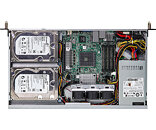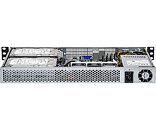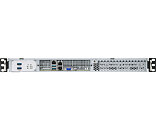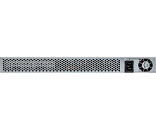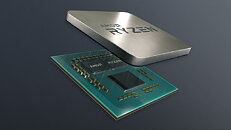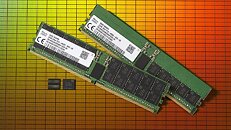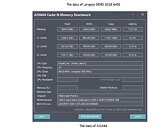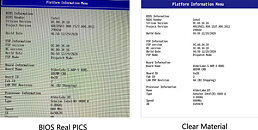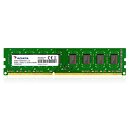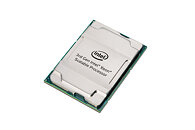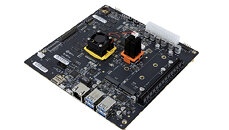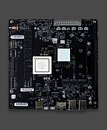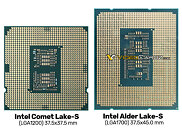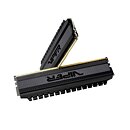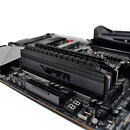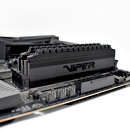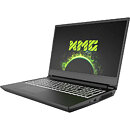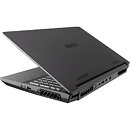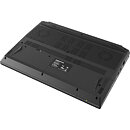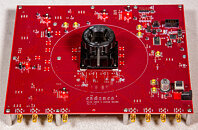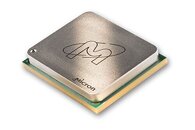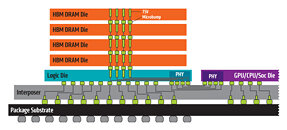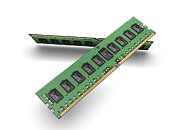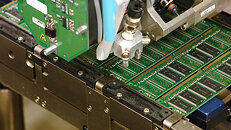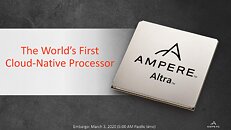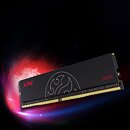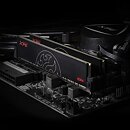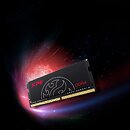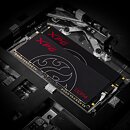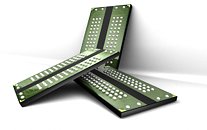
ASRock Rack Puts AMD Ryzen 5000 Series Processor in 1U Short Depth Server
ASRock Rack, a division of ASRock dedicated to server/enterprise products, has today quietly launched a 1U short depth server, equipped with AMD's X570 motherboards, able to accommodate AMD Ryzen 5000 series of processors. The 1U2-X570/2T, as ASRock calls it, features an X570D4I-2T motherboard that is capable of housing any AMD Ryzen and Ryzen Pro 5000 series processor with TDP up to 105 Watts, paired with up to four SO-DIMMs of DDR4 ECC memory. Being a remote desktop/server type of build, the 1U case is not designed to be equipped with any powerful discrete graphics card. There is room for the motherboard, the power supply, and the HDDs located next to the motherboard.
Equipped with an 80-Plus Bronze 265 Watt PSU, the system can handle almost any CPU it is equipped with, two 3.5" drives and two 2.5" 7 mm drives. The motherboard also supports M.2 2280 SSD with PCIe 4.0 protocol support. When it comes to basic graphics output, ASRock Rack has installed an ASPEED AST2500 graphics controller to handle basic video output and display the command line, so you can operate with your server with ease. When it comes to networking, it is equipped with dual RJ45 10 GbE connectors, coming from an Intel X550-AT2 Ethernet controller. For more details, head over to the ASRock Rack 1U2-X570/2T product page.
Equipped with an 80-Plus Bronze 265 Watt PSU, the system can handle almost any CPU it is equipped with, two 3.5" drives and two 2.5" 7 mm drives. The motherboard also supports M.2 2280 SSD with PCIe 4.0 protocol support. When it comes to basic graphics output, ASRock Rack has installed an ASPEED AST2500 graphics controller to handle basic video output and display the command line, so you can operate with your server with ease. When it comes to networking, it is equipped with dual RJ45 10 GbE connectors, coming from an Intel X550-AT2 Ethernet controller. For more details, head over to the ASRock Rack 1U2-X570/2T product page.
